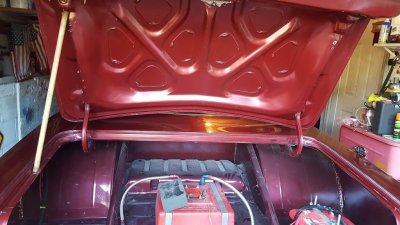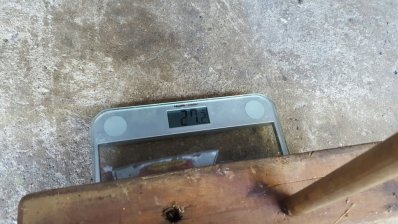Call me a geek, but I'm loving this conversation. Now let me just say, I'm not sure if my typed words are coming across how I intend, so I'll just say that im having fun with this and am in no way 'arguing'.
That said, I'm thinking of this from purely a point of view of lifting up the deck lid. With no springs, I have lots of weight to lift, and with the decklid closed, the weight that i am lifting rests on the latch.
Now with decent springs, my effort is significantly reduced. This, in my mind, means that since we are lifting basically at the latch point, the latch must see less weight as well. The thing is that the decklid weighs the same, so where is that weight going? Im thinking that the springs are lifting that weight for me, but the weight isnt going away. (Like someone said above, that would be like standing with your two feet in buckets and lifting yourself off the ground.) No, the weight has to go somewhere, so the springs are removing some weight from the latch and transfering it to the hinges.


















